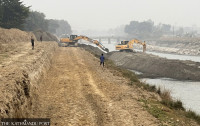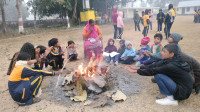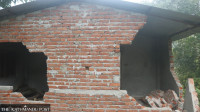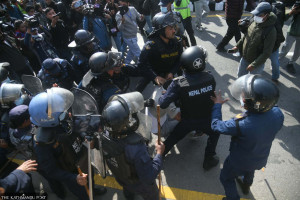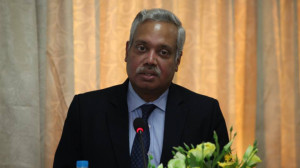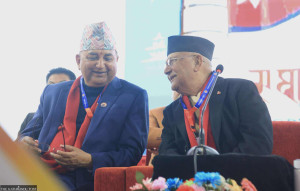National
Here is what you need to know about Nepal Investment Summit
Nepal is hosting the third edition of Nepal Investment Summit on March 29-30 in the Capital in an effort to further enhance Nepal’s standing as a promising investment destination and to build on the recent encouraging developments.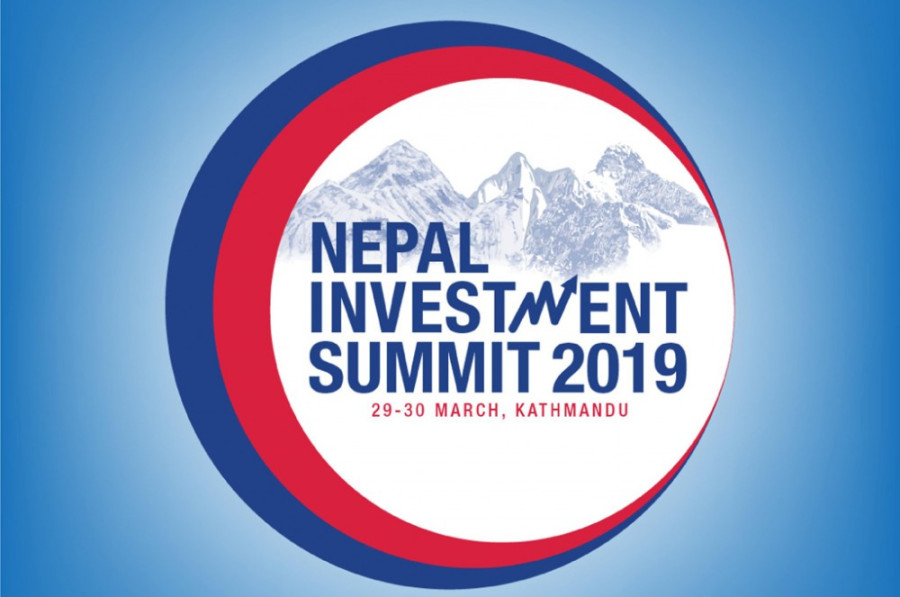
Samuel Chhetri
Nepal is hosting the third edition of Nepal Investment Summit on March 29-30 in the Capital in an effort to further enhance Nepal’s standing as a promising investment destination and to build on the recent encouraging developments.
Here are key things you need to know about the summit:
What is Nepal Investment Summit?
Buoyed by the overwhelming success of the earlier investment summit held in 2017, Nepal is hosting its third Nepal Investment Summit (the first one was held in 1992) with the main objective to project Nepal as a favourable investment destination. The government will showcase projects from various sectors including energy, tourism, transport infrastructure, information and communication technology, and agriculture.
The Summit is being held on March 29-30 at Soaltee Crowne Plaza in Kathmandu and will bring together prominent national and international speakers, dignitaries, policy-makers as well as sector-specific experts and, more importantly, high-level representatives of various governments and investment firms.
Who is participating?
About 600 foreign delegates and investors from 40 countries are participating in the Summit. Most of the foreign investors, who have confirmed their participation in the capitalist jamboree, are from Nepal’s immediate neighbours China and India. While 265 delegates are from China (225 from the mainland), there will be 120 participants from India.
According to Investment Board Nepal, the key figures participating in the event are Union Minister for Investment and Foreign Economic Relations of Myanmar U Thaung Tun; Hartwig Schafer, World Bank vice president for the South Asia Region; Shixin Chen, vice president of the Asian Development Bank; Keiko Honda, chief executive officer of the Multilateral Investment Guarantee Agency; Hans-Peter Lankes, vice president of Economics and Private Sector Development at International Finance Corporation; and Dong Lee, vice president of the Investment Operations Department at the Asian Infrastructure Investment Bank.
What are the major projects the government is showcasing?
During the two-day summit, the government plans to showcase nearly 70 potential projects with a combined estimated value of $24 billion before foreign and domestic investors.
Investment Board Nepal has finalised 47 small and mega schemes to present to investors. They include three international airports, two railways, two hospitals, a metro, a chemical fertiliser plant and luxury resorts.
The government has divided the projects into seven categories—transport infrastructure, agriculture, education and health, tourism infrastructure, urban infrastructure, hydropower and private sector.
According to Investment Board Nepal, Nijgadh International Airport in Bara is the largest scheme in terms of value and is expected to cost $6.5 billion while the 77-km Kathmandu Valley Metro Project with five routes is the second largest project in terms of investment and the project is estimated to cost $5.4 billion.
In the hydropower sector, the West Seti and Seti River (SR-6)—a joint storage project with a capacity of 1,200 MW is the biggest hydropower project among eight hydro projects and is estimated to cost $2.02 billion. Similarly, the 679 MW Lower Arun Hydropower project, located in Sankhuwasabha and Bhojpur districts, is the second largest project with an estimated cost of $1.3 billion
In the agriculture sector, the government plans to present eight projects. A $650 million chemical fertiliser plant is the largest among agriculture sector projects.
What’s the general outlook on the promise of the summit within the industry observers?
As the government is set to roll out the red carpet for international investors in Kathmandu for the Investment Summit, industry observers say the event will be a test for the KP Sharma Oli administration’s ability to translate the hype into actual investments.
Members from Nepal’s business community cite the lack of follow up and urgency from the government post-summit and the continuing bureaucratic red tape for the lacklustre situation after the first summit which ended on a high note.
Experts say it would instead help if the government would move beyond the initial interest and take a proactive role to woo the investors to actually making commitments, something that didn’t happen the last time. Unless the ease of doing business improves in Nepal, the hype surrounding FDI will die down after the end of the two-day glitz, some business owners say.
Some industry insiders say the preparations for the summit don’t show the government doing enough homework to implement the lessons learnt from the last summit.
Meanwhile, the government, in an effort to attract foreign investors, has introduced three vital legislations—Foreign Investment and Technology Transfer Act, Public-Private Partnership and Investment Act, and Special Economic Zone Act (First Amendment).
While these Acts look promising, there are also concerns over some of the provisions as well as overlapping of authority.
What about the reservations many international investors had about the investment climate in Nepal?
The government is introducing various legal and institutional reforms ahead of the summit to woo investors and expectations from the summit as the two-day jamboree is being closely watched by many as to how foreign investors will respond to the all-powerful communist government's call for foreign investment, especially when Nepal's foreign investment regime is being questioned for not being investor-friendly.
Speaking to the Post earlier this month, Maha Prasad Adhikari, the CEO of Nepal Investment Board said, “Our pitch will be political stability, policy predictability and reforms. The state agencies will facilitate investors in an efficient and effective manner without bureaucratic hurdles and red-tapism.”




 16.12°C Kathmandu
16.12°C Kathmandu


